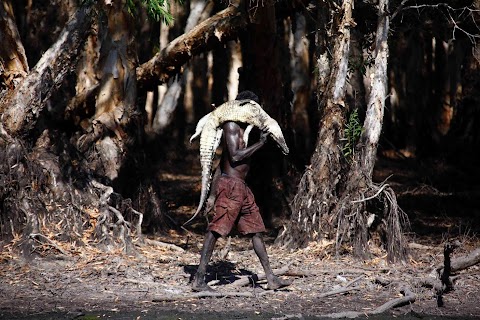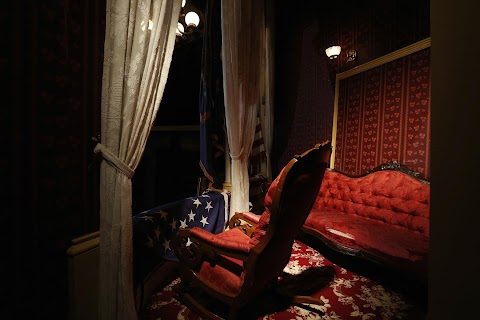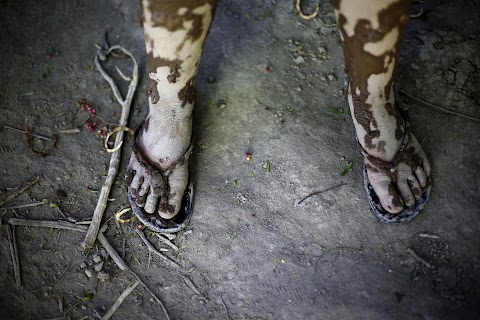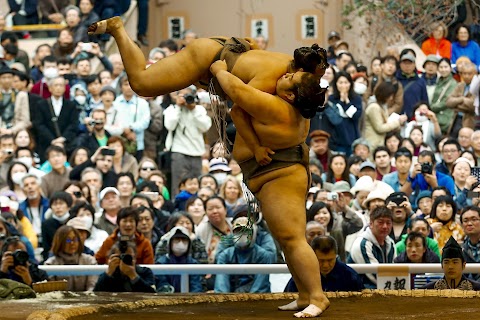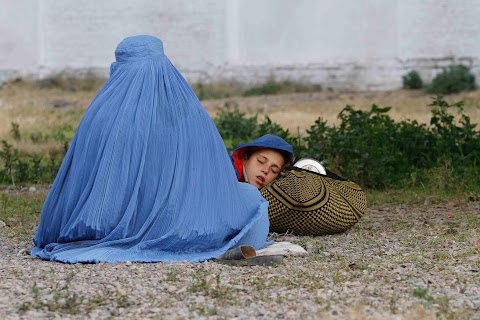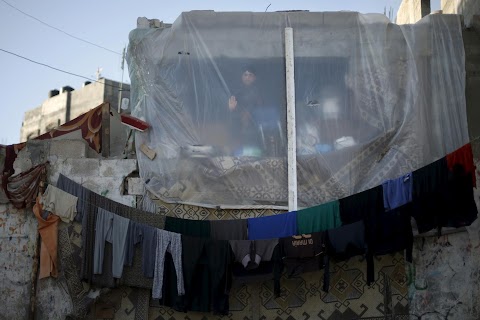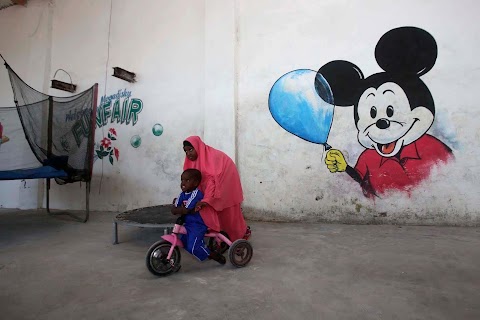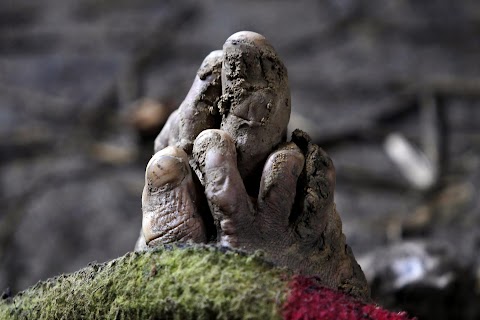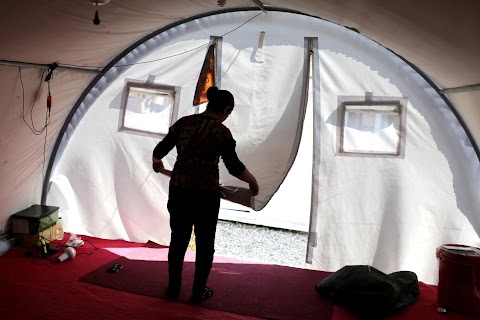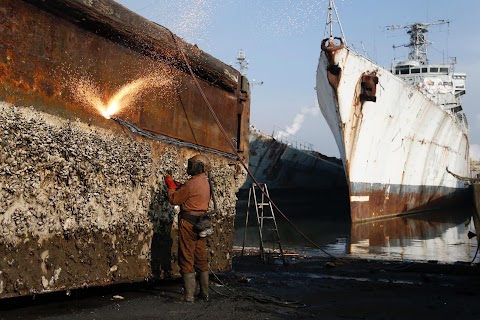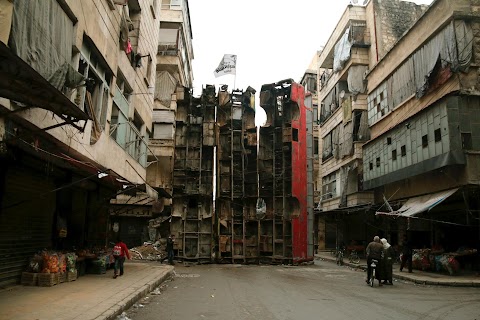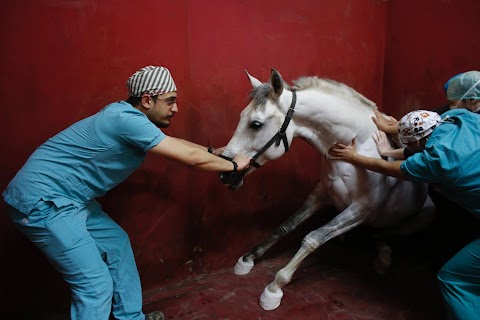
Racing back to health
 Murad Sezer
Murad Sezer
The Veliefendi horse hospital in Istanbul, run by the Jockey Club of Turkey, is the biggest and the most state-of-the-art facility in the country. It’s the site of DNA tests, keyhole surgery, castrations - even autopsies.
The atmosphere is quiet and calm. You hear more human voices than you do neighing from the hundreds of horse patients.

In the past, a broken leg could be a death sentence for a racehorse. Injured horses would often be put down, while other were put out to pasture.
Precious racehorses, often worth hundreds of thousands of dollars, now have state-of-the-art horse hospitals like this one to aid their recovery.

Grooms and other staff at the hospital have a warm rapport with their equine patients.
The hospital is part of the Veliefendi Hipodromu, Turkey’s oldest racetrack. As well as running several racetracks and the horse hospital, the Jockey Club also has stud farms.
Slideshow

Staff prepare a horse for its X-rays.

Staff at the clinic use a mobile X-ray unit on a horse’s leg.

Head veterinary surgeon Hulya Hartoka (right) talks through an X-ray with a racehorse owner.

The progress of a racehorse is monitored following an operation.

Veterinary staff prepare to remove bone fragments by keyhole surgery.

A racehorse waits for an anaesthetic in the induction and recovery box.

A racehorse waits for an anaesthetic in the induction and recovery box.

A racehorse undergoes castration.

A racehorse starts to feel the effects of an anaesthetic.

A racehorse gets “gas and air” to help it through an operation.

A veterinarian (left) monitors a horse undergoing surgery on a fractured leg.

Head veterinary surgeon Hulya Hartoka (left) cleans up a horse’s joint during keyhole surgery.

A racehorse is hoisted up before its operation at Veliefendi equine hospital.

A racehorse is put into position ready for its operation.

Veterinary surgeons bandage the leg of a racehorse after a keyhole procedure.

Head veterinary surgeon Hulya Hartoka stitches the leg of a racehorse.

Veterinary technicians perform physiotherapy by shockwave.

A groom helps to keep a horse calm during treatment.
"You can smell the patients but they are very clean. The operating theatre is as pristine as in any hospital."
While surfing the Internet I stumbled on a hospital for racehorses run by the Jockey Club of Turkey (TJK). That brought back childhood memories. I was born in Germany but grew up with my grandparents in a working class neighbourhood of Istanbul very close to the famous Veliefendi racecourse.
It turns out the horse hospital is there too - the site of DNA tests, keyhole surgery, castrations, even autopsies.
Back in the 1960s my grandfather had racehorses. I often listened to stories of how his favourite grey horse called “Bora I” won, along with my grandmother’s complaints about how he spent the prize money.
Time passed and he had to give up the business: it was a very risky venture, like gambling. The horse has to win. If you’ve spent all that money on a racehorse and it gets injured in the first race, sometimes there’s no way to recover.
In the past, a broken leg was usually a death sentence. Like in the old Western movies, horses were shot dead.
But today their fate has changed. Precious racehorses, often worth hundreds of thousands of dollars, now have state-of-the-art horse hospitals like this one.
I admire horses because they are strong, sometimes wild but clever and emotional. Over the years I have heard a lot from my family about how strong the bond is between horses and their owners.
At the clinic next to the stables at Veliefendi, I quickly sensed the rapport between the medical staff and their “patients”; the team clearly loves the animals. Medics talk to the horses, calling them by their names or using terms of endearment like “my boy”. Horses and carers know each other. Trainers and grooms help the horses along to recovery too.
The same procedures apply as for humans who are unwell: admission, treatment, prescription and surgery. The atmosphere is quiet and calm. You hear more human voices than you do noise from the hundreds of horses.
You can smell the patients but they are very clean. The operating theatre is as pristine as in any hospital. When horses have a health problem it has to be treated immediately so the clinic runs 24/7, with a vet on call every day.
Healthy horses can be brought in for a DNA test to determine their pedigree and whether they are thoroughbred or not. Autopsies are performed when a priceless horse suddenly drops dead.
“Racehorses are like soccer players,” a racehorse owner told me. “When a soccer player is injured, he has to be treated properly and immediately to get back on the pitch. It's the same in our business. Our horses must heal fast and run faster.”
That took me back to my 1970s summer picnics at the racecourse while my grandpa reminisced about the champion, “Bora I”.


